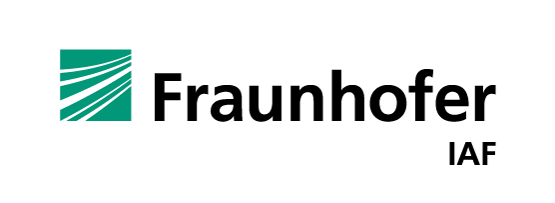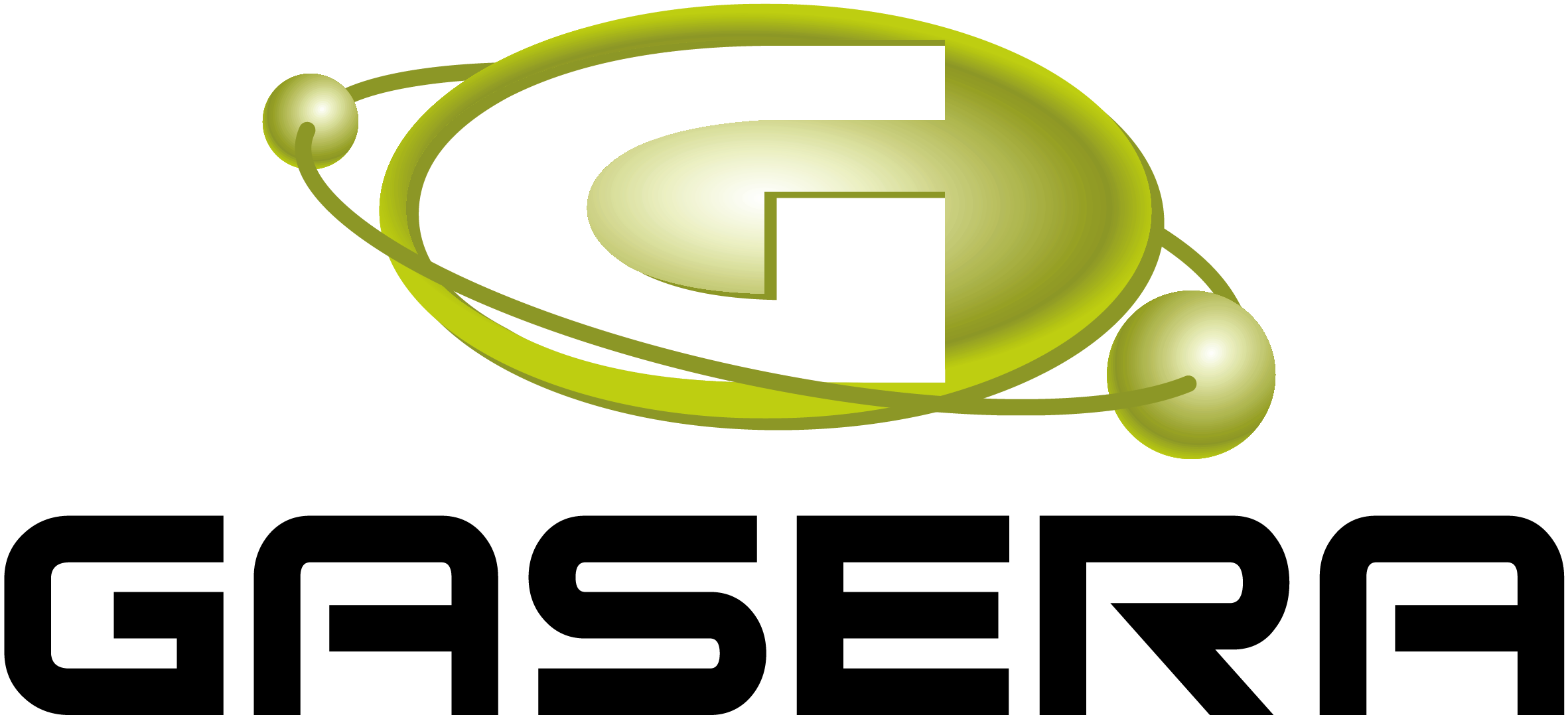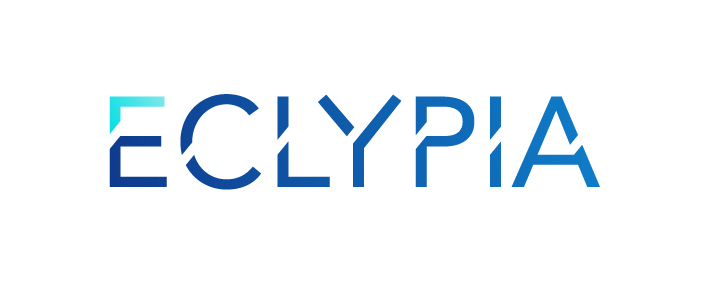
About
The MILADO project aims to revolutionize mid-infrared (MIR) laser technology by developing cost-effective, high-volume manufacturing processes for Quantum Cascade Lasers (QCLs). These lasers are essential for various spectroscopic applications due to their compactness, high power spectral density, and broad spectral coverage up to 12 µm. However, their high costs limit market penetration. MILADO merges "group III-V" and silicon photonics to create affordable, compact MIR light sources by using established complementary metal-oxide-semiconductor (CMOS) processes. This shift from expensive, complex craft production to scalable manufacturing could reduce QCL prices from thousands to tens of euros. Our innovation will revolutionize applications in bioanalysis, such as oncology, microbiology, and in detecting waste anaesthetic gases. Additionally, MILADO aims replacing traditional assemblies with monolithic integration and serves as a fundamental building block of a general technology platform that also integrate sensors and actuators in micro-electromechanical systems (MEMS) technology. Our standardized approach will decrease costs, increase reproducibility, and benefit applications requiring miniaturized, portable, and robust MIR sensor solutions.
Vision
The MILADO project envisions revolutionizing the field of mid-infrared optical sensing by developing compact, economical light sources that unlock the powerful MIR region. By leveraging large-scale III-V epitaxy and cost-effective CMOS/MEMS fabrication, MILADO seeks to democratize access to advanced MIR sensor technology. This transformation will enable innovative applications across various sectors, including biomedical diagnostics, industrial process control, and environmental monitoring. MILADO’s ultimate goal is to make high-performance MIR sensor solutions more accessible, affordable, and versatile, paving the way for new markets and widespread adoption.
Keyfacts
Reference
Reference Number:
101134891
Programme type:
Versatile light sources and systems as tools for manufacturing and medical application (Photonics Partnership)
Programme acronym:
HORIZON-CL4-2023-DIGITAL-EMERGING-01-53
Duration
Project Start:
01.06.2024
36 Months
Cost and Funding
Costs: € 4.943.399,27
Funding:
100,00% EU-funded

Motivation
The motivation behind MILADO is to address the limitations of current mid-infrared optical sensing technologies, which are often expensive and complex to produce.
MILADO aims at making MIR lasers low-cost and scalable for medical and industrial applications. By enhancing QCLs on large substrates and integrating them with silicon photonics using CMOS technology, MILADO will replace expensive manufacturing methods. This innovative approach will allow access to markets that were previously out of reach and will open up new opportunities for impactful applications.
Mission and Objectives
MISSION
The mission of MILADO is to develop and standardize small, affordable MIR laser sources. MILADO aims to transition from complex, costly production methods to high-volume, cost-effective manufacturing. This will enable sensitive and specific MIR sensors for a wide range of applications, including medical diagnostics, process control, and environmental sensing. By creating a versatile, scalable platform that integrates new functionalities, MILADO is committed to driving advancements in miniaturized, robust, and portable mid-infrared sensor solutions, opening new markets previously inaccessible due to high costs and complexity.
OBJECTIVES
- Develop large scale III-V epitaxy for low-cost manufacturing of QCLs.
- Enable economical, high-volume fabrication of a universal MIR photonic integrated platform.
- Prototype novel sensors for personal medical diagnostics or edge-sensors in chemical production opening new markets.
- Demonstrate process control and medical diagnostics from MIR chemical imaging histopathology to non-invasive continuous glucose monitoring.
- Accelerate the analysis time in infrared spectral histopathology by 100 times.
Work Packages
WP1

Project, risk and innovation management P1
01.06.2024
30.11.2025
Detailed information
A flexible management strategy will be followed throughout the project to ensure a steady quality of research and innovation activities and to limit risks.
WP2

Project, risk and innovation management P2
01.12.2025
31.05.2027
Detailed information
A flexible management strategy will be followed throughout the project to ensure a steady quality of research and innovation activities and to limit risks.
WP3

Design and epigrowth of the QC heterostructures
01.06.2024
30.04.2025
Detailed information
Development of a robust heterostructure design and an optimized growth process on large-scale substrates focussing on low defect density for the following wafer bonding process.
WP4

Design, integration and fabrication of QC-Lasers on Si and passive MIR-PICs
01.08.2024
31.05.2027
Detailed information
Development of the design and implementation strategy as well as the large-scale, low-cost and robust technology platforms to address large volume fabrication of QCL arrays.
WP5

Wafer-level characterization, chip-selection and module integration
01.11.2025
31.01.2027
Detailed information
Establishment of wafer and chip level testing procedures as well as a chip selection protocol for the structures developed in WP3 and WP4 and their integration into modules.
WP6

Use Cases DEMO specification
01.06.2024
30.11.2025
Detailed information
Configuration of the optical measurements of the sensors developed and assembly of the designed electronics in a laboratory setup with first test measurements.
WP7

Use Cases DEMO implementation and prototyping
01.12.2025
31.05.2027
Detailed information
Use of the Si-QCL light sources in four use case demos (waste anaesthetic gas detection, biomarker measurements, chemical process analytics, mid-infrared chemical microscopy) with the methodology developed in WP6.
WP8

irect growth of QCL on Si
01.11.2024
31.05.2027
Detailed information
Development of direct epitaxial growth of III-V semiconductors on silicon towards monolithic integration of high quality QCL.
WP9

Communication, Dissemination, Exploitation and Standardisation P1
01.06.2024
30.11.2025
Detailed information
WP9 will take care of the public image, communicate with interested parties outside the project and coordinate the publication of results developed within the project. Overall, the main aim is the contribution to the European Research Union.
WP10

Communication, Dissemination, Exploitation and Standardisation P2
01.12.2025
31.05.2027
Detailed information
WP10 will take care of the public image, communicate with interested parties outside the project and coordinate the publication of results developed within the project. Overall, the main aim is the contribution to the European Research Union.
WP11

Ethics requirements
01.06.2024
31.05.2027
Detailed information
Ensure that the project is in line with the ethics requirements.